
Drain, waste and vent system
Drain and waste lines (shown in blue) must include traps, which keep sewer gas from entering your home. Vents (shown in yellow) break the siphon effect of flowing waste to keep water in the traps.
When it comes to home repairs and improvements, you’re in charge. But when the plumber seems to be speaking a foreign language, it’s tough to make a smart call. So take five minutes to get acquainted with your system. The basics are simpler than you might think.
The drain, waste and vent system carries waste out of your house and into the city sewer lines. Sounds simple enough. But for plumbers, it’s trickier than the supply system. There are more code requirements to follow, and more know-how is needed to make it work well.
The most important DWV rule is this: Every drain must have a trap, and every trap must have a vent. Traps, those U-shaped pipes you see under sinks, hold wastewater, which prevents nasty sewer gas from flowing up into your home. Vents are simply pipes that lead outside through the roof. Without a vent, water flowing through a trap creates a vacuum and siphons the trap dry. By allowing air into the system, vents act as a vacuum breaker.

Drain and waste lines (shown in blue) must include traps, which keep sewer gas from entering your home. Vents (shown in yellow) break the siphon effect of flowing waste to keep water in the traps.
Your water supply system taps into the city water main, runs through a meter that measures your water usage and then branches throughout your home. The branch lines in your home may be any of the types shown below. Older homes are sometimes museums of pipe history, including several types of pipe.
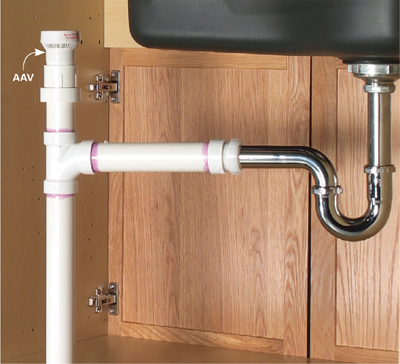
An AAV lets air into the DWV system, but not out, so it can take the place of a vent pipe running up through the roof. On remodeling projects, that can save the plumber a lot of work—and you a lot of money—if it’s allowed by your local code. AAVs aren’t allowed in all situations.
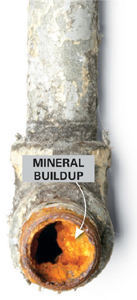
Unlike other types of pipe, galvanized steel almost always has threaded, screw-together connections. Its life expectancy is about 70 years, but some century-old galvanized pipes are still in service. If you have galvanized pipe and low flow at faucets, chances are the pipe is to blame. Galvanized pipe is prone to mineral buildup that eventually chokes off the water flow. Complete replacement is the best cure, but you can often improve flow just by replacing any exposed horizontal pipes.
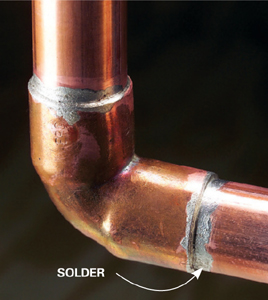
Copper was the standard water supply pipe for decades until less costly materials became available. It can be connected in several ways, but most joints are sealed by melting metal solder into the joint. The lifespan of copper depends on the local water. In some areas, it lasts as little as 25 years. In others, it lasts two or three times that long.
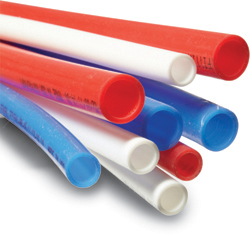
PEX is flexible, so it’s much easier to install than other types of pipe. That, plus low cost and immunity to aggressive water, make it the most common choice for new water lines. PEX is a latecomer to North America, but has been used for decades in Europe. PEX comes in a range of colors.
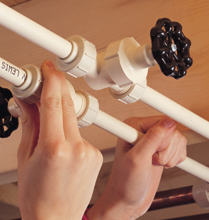
Unlike metals, this plastic pipe doesn’t corrode, so it’s been common in regions with “aggressive” water for the past 40 years. CPVC connections are usually made with a glue-like cement, but compression fittings (shown here) and other methods can also be used.